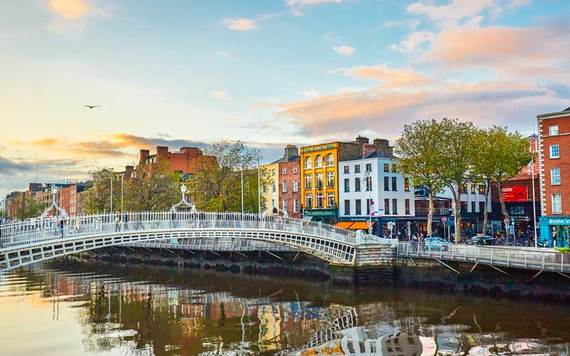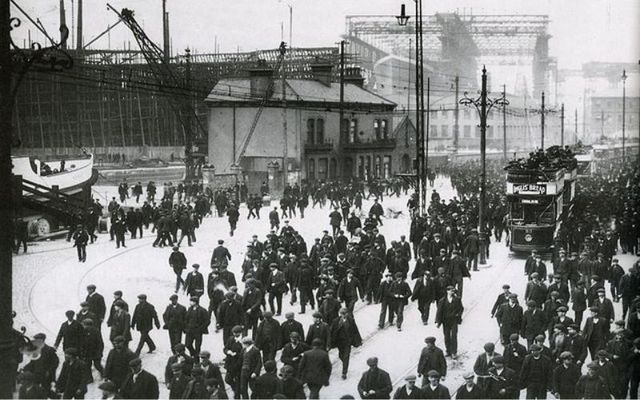Harland & Wolff built more than ships - find out what else the metalwork masters created.
Samson and Goliath, the giant twin gantry cranes of Harland & Wolff, dominate Belfast’s skyline. For those who grew up in the city, the cranes are a familiar sight. To international visitors, they are a visual representation of the enormous impact of Belfast shipbuilding not just in Belfast, but around the world.
But did you know that the shipbuilding giants built more than just ships?
Churchill Tanks
In September 1939,, Harland & Wolff were requested to design a large infantry tank. In response, they created the A20 tank, an early prototype of the famous Churchill tanks. The vehicle was designed for the anticipated trench warfare; however, after the loss of France to Germany it was clear that this war was not going to be like the first.
Production was handed over to Vauxhall who improved the design even further and created the A22, which became the Churchill tanks. Harland and Wolff continued to manufacture and improve the Churchill tanks for Allied forces from their tank factory, away from Belfast, in Carrickfergus. The tanks were used in North Africa and Europe. They were one of the most effective armoured fighting vehicles of the Second World War.

Love Irish history? Share your favorite stories with other history buffs in the IrishCentral History Facebook group.
Trains
During the interwar years, the Western world was suffering from an economic depression. Unemployment in Northern Ireland reached a staggering 25 percent. To boost production, Harland and Wolff began to diversify into other industries; such as locomotives. The firm created eight complete diesel engine locomotives between 1933 and 1938. However, once the Second World War broke out all resources were focused on the production of warships and armaments.
Dublin’s Ha'Penny Bridge
The popular bridge crosses the River Liffey at Liffey Street on the North side to Merchants Arch on the South side. The bridge was originally built in 1816, but it was not until almost two centuries later that the Belfast shipbuilders worked on the structure. The bridge was originally named the Wellington Bridge, then in 1922 it was renamed the Liffey Bridge. However, since the pedestrian bridge’s early days, it has retained its nickname the Ha’ Penny Bridge because when the bridge first opened travellers were charged a half penny toll to cross the bridge.
Until the construction of the Millennium Bridge, it was the only pedestrian bridge in Dublin. By 2011 the original structure was in need of repair and it was the Northern shipbuilders who were contracted to refurbish the original iron case railings and arches. The railings were dismantled and dispatched to Belfast where they underwent specialised steel work. As the bridge is a listed structure it was imperative to save as much of the original iron as possible. They were able to reuse 98 percent of the original iron. In December 2011 the bridge was reassembled and repainted its traditional off-white colour.

Dublin’s Ha' Penny Bridge. Credit: Getty
Wind turbines
Most recently, the firm has expanded into the renewable energy industry. Wind turbines are one source of renewable energy. They use the kinetic energy created by wind to produce electrical power. Harland & Wolff started its work with wind turbines in 2011 with the construction of 20 massive wind turbines, rising a staggering 160 meters above the Irish Sea. Each rotor blade stretches 60 meters. The company has continued its work in renewable energies.
These are just a few examples of how Harland & Wolff, once the world’s greatest shipbuilders, have been able to constantly diversify into various industries. Hopefully, the next time you see those two massive cranes you see past the White Star Line legacy and remember the thousands of ships, trains, wind turbines, and tanks created in Belfast.
For more stories on tracing your Irish heritage from Findmypast click here.
* Originally published in 2014. Updated in 2024.




Comments